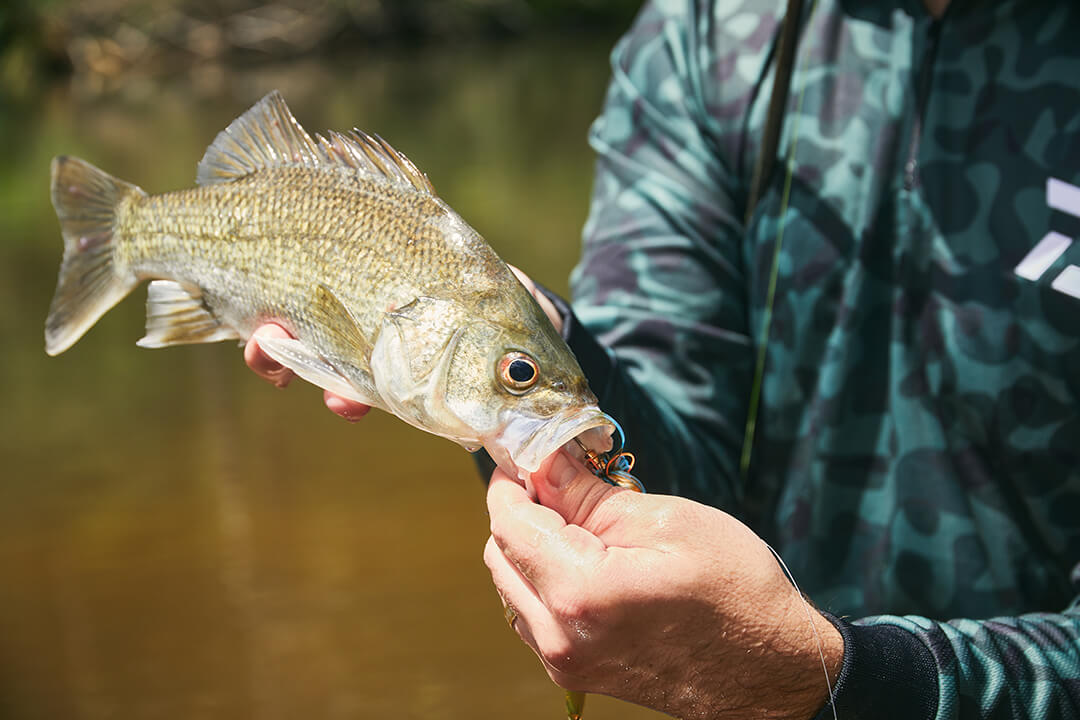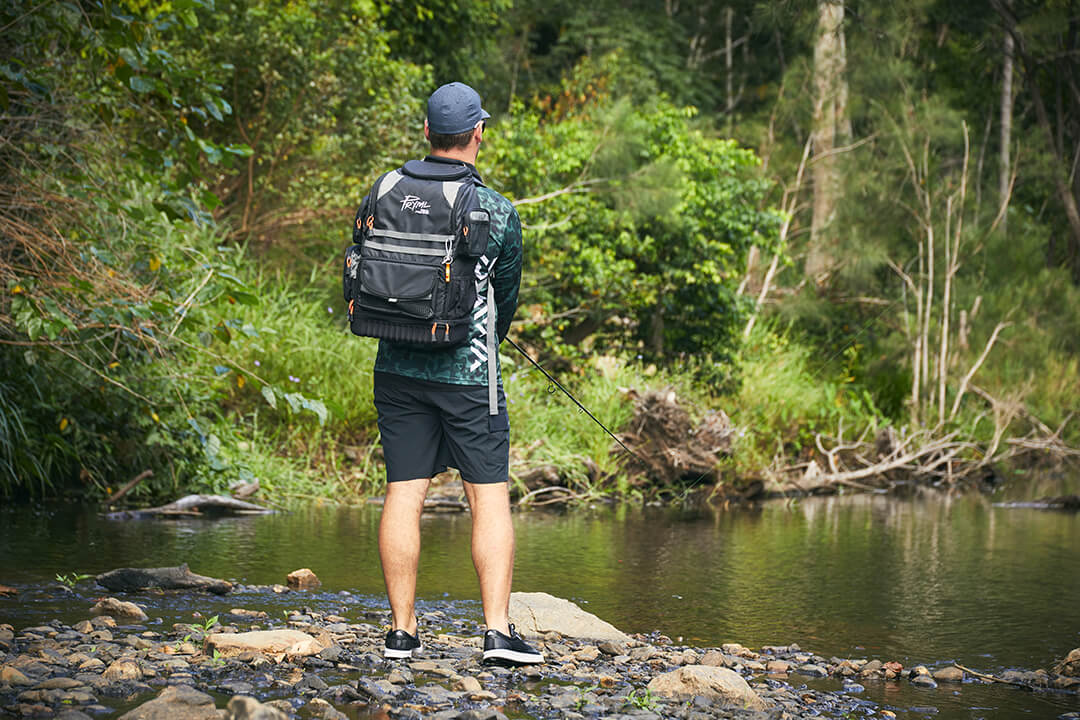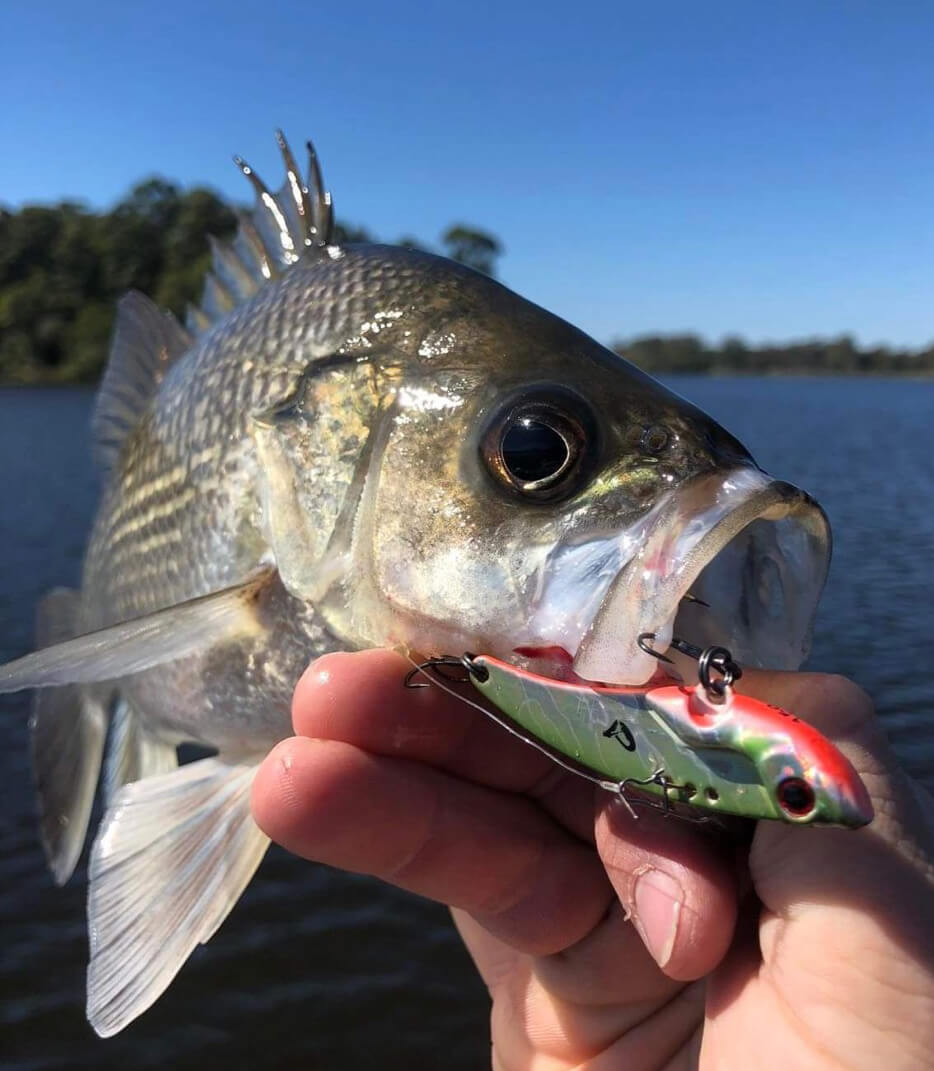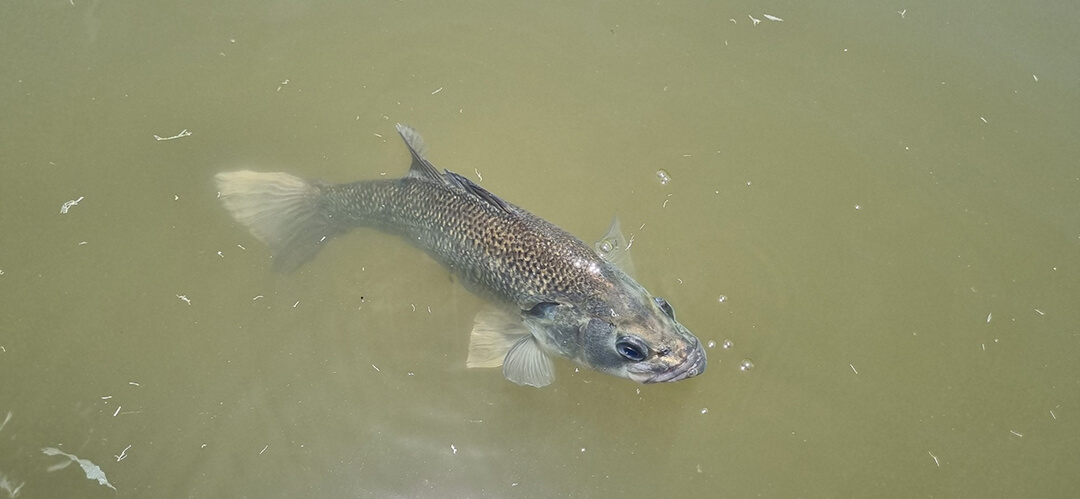Although they may not be the largest fish species known to man, Aussie bass tick just about every other box in the book! From their stunning looks and drop-dead gorgeous colouration to their healthy appetite for just about any kind of bait or lure, not to mention a pound for pound pulling power you'll be hard pressed to beat - bass are one cool fish! And whether you're new to the fishing game or part of the fishing furniture, a day on the water chasing these pocket rockets is definitely a day well spent. We’ve made it easier than ever to hook up to an Aussie Bass, check out our guide below and get out there!

WHERE TO CATCH AUSTRALIAN BASS?
Australian Bass can be found in the upper reaches of our rivers and estuaries, from as far north as the Sunshine Coast and Noosa, right through to the Gippsland Lakes of Victoria. Although this is their natural habitat, bass have also been stocked in many impoundments all around the country. Here they have flourished, with an abundance of bait life and limited predators helping these dam bass to reach some pretty impressive sizes. Bass really aren't that picky when it comes to choosing a home and will set up shop just about anywhere the salinity and temperature meet their needs. Whether they're wild or impoundment fish, throw in some cover and a healthy food source and you're sure to find a bass or two.
Bass are a schooling fish that love to hunt and hide around weed beds, submerged trees, rocky areas, and other forms of underwater structure. If you can find any of these areas in your local honey hole it's going to be bass bingo! They're also a very active fish that can travel an entire system throughout the year. Over the warmer months, you'll typically find them in the freshwater before venturing downstream in winter to breed, which coincides with their closed season. These closures are only in place for wild bass, so if you're still after a fix over winter, it's time to jump on the dam bass band wagon!

WHAT GEAR TO USE?
Don't let their size fool you, Aussie bass pack a punch! Growing to roughly 65cm in length, with a max weight of 4kg – a trophy bass in anyone's books! You're more likely to tangle with fish in the 20-45cm range though. And while they don't quite reach the size of some of our other local species, a rampaging bass should never be underestimated and make for an epic battle on light tackle. Bass fishing is supposed to be fun, so don't go bringing a bazooka to a fist fight and instead go light to get the bite! Light gear is the way to go, with a 1-3kg or 2-4kg spinning rod matched with a 1000 or 2500 spinning reel comfortably handling almost any type of bait or lure in your Aussie bass arsenal. And if you want a bit more pulling power or sensitivity, a baitcaster is another great option that will stop any bass in its tracks. Spool this up with 8-10lb braided line and an appropriate leader and you're good to go. When fishing with lures, braid will help detect the softest of bites, and when the bass are playing hard to get you'll need every advantage! If you're a bait or bust type of fisho, well the gear you'll need is a little different. A fibreglass rod will be better for setting the hook and 8-10lb mono line has that little extra give you'll need.
WHAT BAIT TO USE?
Bass are an opportunistic feeder and will have a crack at just about anything that will fit in their mouth. While insects and smaller fish make up a large portion of the bass diet, they'll also take frogs, prawns, and crabs with gusto. When it comes to the best baits for bass it's livies all the way, and there's nothing better than a freshwater shrimp or even a worm from the garden to put a bass in the mood for food. When it comes to sinking baits for bass it's important to use the correct hook, as you want your presentation to look as natural as possible. By having a selection of small, long-shank and circle hooks in your tackle box, you'll have all options and all bait types covered. Depth is another crucial piece of the puzzle, with sinkers and floats both helping to present the bait to where the fish are sitting. Again, with various sizes at your disposal you can change it up until you find what they like on the day. A running sinker rig is great for when they want it tight to the bottom and at other times an unweighted shrimp slowly drifting through the water column will do the trick - If you get this right the bass will bite!

WHAT ABOUT LURES?
Aussie Bass just love their lures! It's one of the reasons why these guys are so popular. While sinking a few baits is a great way to tangle with a bass or two (and in some cases can be more effective), it just doesn't quite compare to that feeling you get when a bass takes off with your artificial. The best part is bass aren't fussy when it comes to what lure they munch on and will smash anything from a soft plastic to a surface lure and everything in between. For the first-time flicker, you can’t go wrong with a small soft plastic in the 2 – 3-inch size and a small vibe is always a winner. You ask any bass fisho and they'll have a favourite, that go-to lure that never fails. Well, the BCFing Experts have a few favourites of their own for you to check out… here's our Best Lures for Catching Australian Bass, hopefully it'll help put a bend in your rod and a smile on your dial!
WHEN TO CATCH?
Before we dig too deep into this one, it's important to remember that there's an annual closed season for Aussie Bass in rivers. Always double check your local regulations before going for a flick, but at the time writing the closed season runs from May 1st through to August 31st (NSW) and June 1st to August 31st (QLD). During this period bass are completely off limits in our tidal waters, to help protect the species during its breeding cycle – Don't worry though, start of spring is all systems go! Spring and summer would have to be the best time to catch wild bass, the waters beginning to warm, the insects are filling the trees, the afternoon storms are rolling in, and old bassy's getting hungry.
Dam bass on the other hand can be caught all year round, although the techniques used may vary season to season, with a bit of thinking you can normally insight a bite. In winter the fish school up in huge numbers and stick tight to the bottom, this is your best chance to rack up cricket-score like numbers and it's also when the big fish come to town. When it starts to warm and the fish become a bit more active, this is when hitting the structure or trolling a few lures will be your best bet. This is also the best time for throwing the surface lures around, low light, silky smooth conditions – get ready for fun!

FINAL POINTERS
Aussie Bass are a hard-fighting local legend so it’s important to look after your catch. We strongly encourage catch and release methods when targeting wild bass due to their fragile numbers and slow growth rate. Dam Bass on the other hand have been heavily stocked in impoundments throughout the eastern seaboard, here you're more than welcome to take a feed – just remember to check with the local state/territory for size and bag limits. When it comes to eating quality this one's up for discussion. Some say 10/10 and rivals snapper, while others say they'd prefer to eat an old boot. You can make your own mind up here!
Whether it's your first time with a fishing rod, or you've got a different one for every day of the week - You'll find that Aussie bass fishing is right up your alley. They're a species that keep you guessing, and while some days its a fish a cast, others you'll do better at the fish and chip shop. Either way it's hard to beat a bass trip! While they're a fantastic species to target, there's so much more to a day on the bass. Hopefully by reading our how-to you've learnt a thing or two. Now go get stuck into some Aussie bass!


